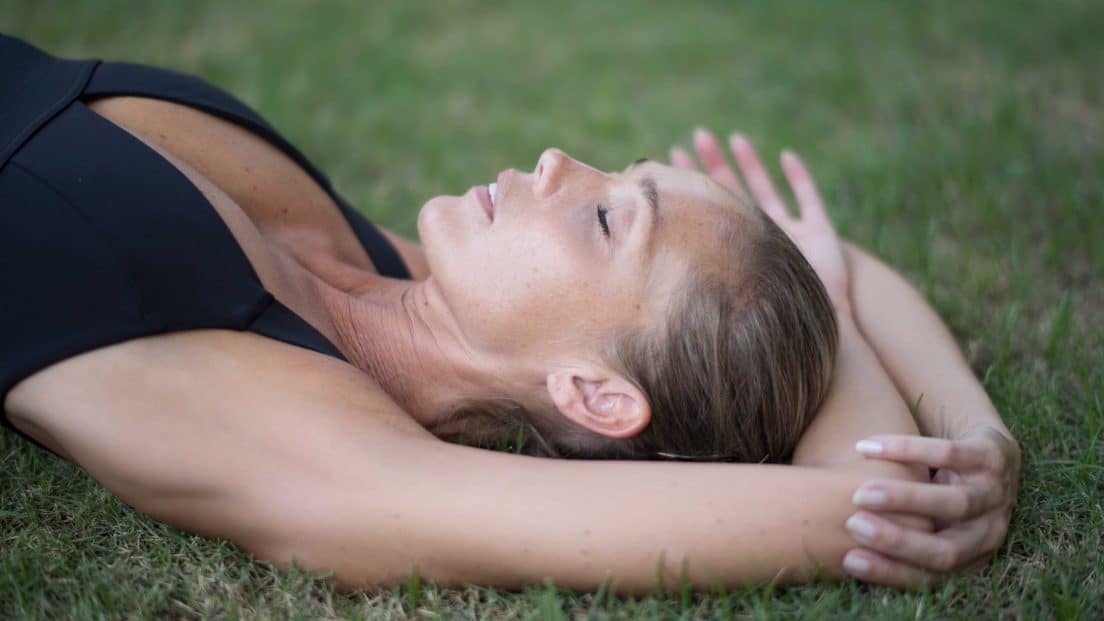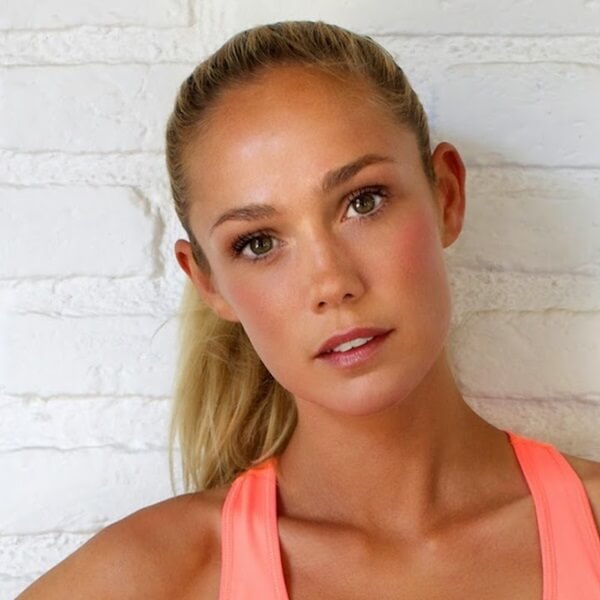What Does Anxiety Feel Like?
“Worry is a thin stream of fear trickling through the mind. If encouraged, it cuts a channel into which all other thoughts are drained.” Arthur Somers Roche
Anxiety is a negative emotional state that is expressed both in the body and the mind. Similar to fear, depression and panic, it puts you in “fight or flight”—a state of high alert that is triggered when your brain perceives that you are under threat. Your heart beat, blood pressure, breathing rate and muscular tension increase, non-essential functions, including digestion and reproduction shut down and your attentional focus and vision narrow.
This “stress response” is designed as a short-term, emergency strategy. Unfortunately, if it stays activated for too long, it can start to damage your physical and mental health. We get trapped in negative thought spirals, adrenaline and cortisol remain elevated, the cardiovascular system is pushed to its limit, digestion is compromised, muscular tension gets stuck in the body and we struggle to get restorative sleep. And perhaps most detrimental of all, stress leaves our immune system vulnerable to attack.
Yoga for Anxiety
“Learn to relax. Your body is precious, as it houses your mind and spirit. Inner peace begins with a relaxed body.” Norman Vincent Peale
It’s very hard to think your way out of anxiety but you can take a bottom-up approach. You can influence your physiology in order to alter your psychology. When you slow down your breathing, reduce your heart rate and release the tension from tight muscles, your brain perceives a reduction in the threat level and winds down the stress response. And once you’re out of “fight or flight”, you feel clear, in control of your emotions and reassured of your ability to make good decisions.
In this Yoga For Anxiety sequence, we combine deep, diaphragmatic breathing, long, passive stretches and body awareness to trigger the relaxation response and lower levels of anxiety. The poses that I have chosen are restorative and should be accessible, even to beginners. Please let me know if you would like any modifications. With repeated practice, we can train the body to switch more quickly and efficiently from a state of perpetual crisis into one of calm and clarity.
Focus on Your Breath
The key with this Yoga For Anxiety routine is to focus on your breath. When you train your attention on your breath, the space between your thoughts increases and your mind starts to slow down. It’s not at all easy to do but it does get easier with practice. Each time that you notice that you’re feeling scattered and your mind has spun off into worst-case scenarios, gently bring your attention back to your breath. Think of it as your anchor.
Yoga for Anxiety Sequence Objectives
- Quiet the mind.
- Release muscular tension.
- Trigger the relaxation response.
- Support the immune system.
- Help you to sleep.
We share this article with permission. This article originally appeared on Yoga 15’s blog .











